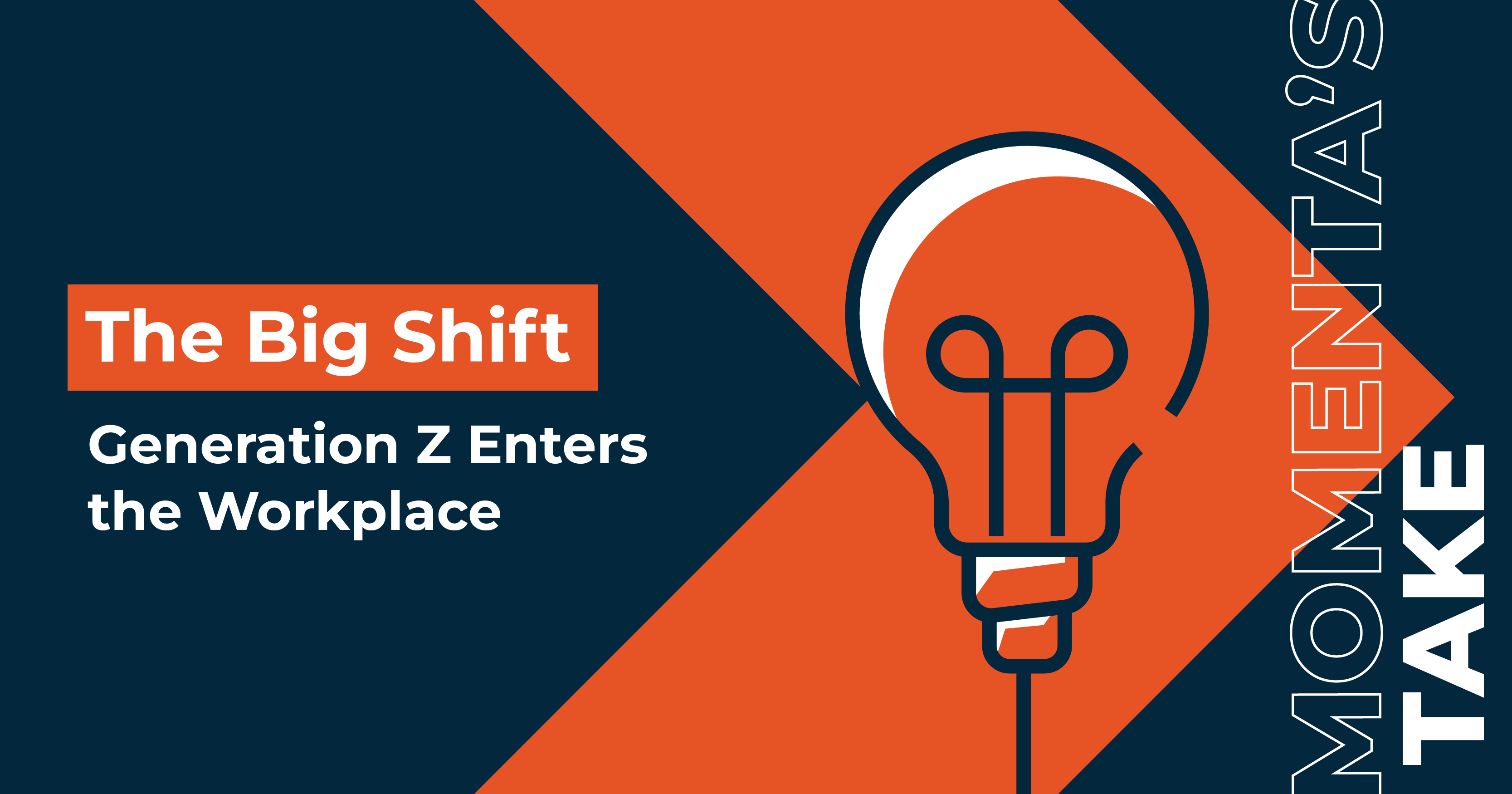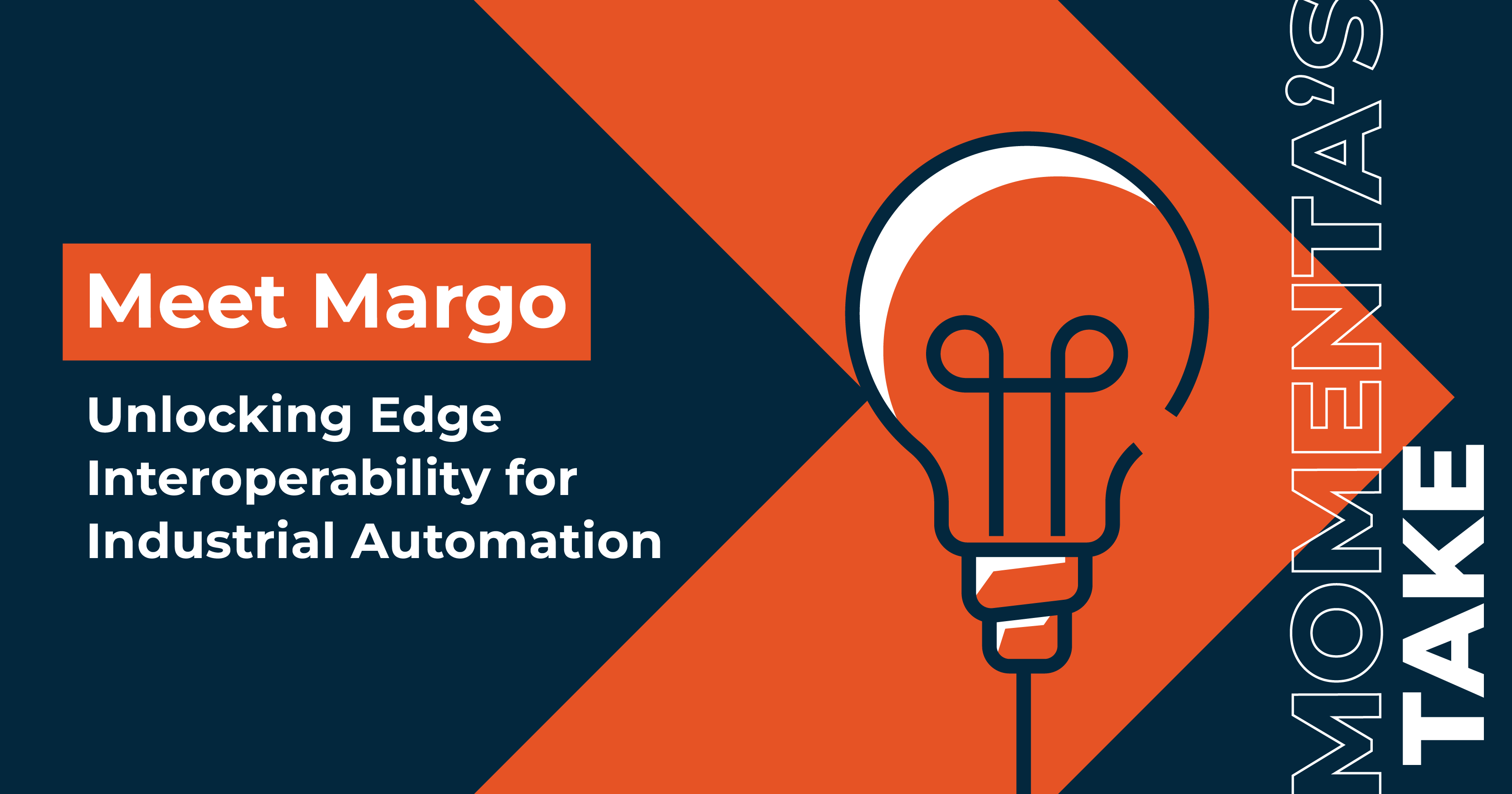Value Vector
Architecting a Successful Partner Ecosystem for IoT: Part 1
Jesse DeMesa

Technology components, software platforms, software tools, hardware components, and even applications, in and of themselves, do not deliver value to the end customer or consumer of an IoT solution or service. Each component must often be integrated with other components and tailored through professional services to address a specific issue and deliver value. This is the basis of the challenge and opportunity associated with architecting and executing a successful partner ecosystem program. Success with partners is driven by the following:
- A clear strategy and positioning
- Alignment of goals and objectives
- Establishment of proper partner categories and programs
- Development of strategic accounts
- Ecosystem promotion
The emerging IoT space can only evolve, succeed and grow if it can deliver on the promise of transforming businesses, creating new opportunities, and driving incremental value. Successful partner ecosystems are key to that evolution and growth. Part 1 of this article will focus on key challenges faced in IoT, the importance of partner ecosystems, and how clarity in strategy and positioning facilitates success with partners.
IoT Solution and Service Components
What makes up an IoT solution or service? Depending on the specific solution or service, it may include any, or all, of the following:
- hardware components and products that include sensors, devices, machines, etc.
- software applications and products
- software tools
- application enablement platforms
- data preparation and transformation tools and platforms
- data sharing, brokering, and security tools and platforms
- analytics tools and platforms
- artificial intelligence and machine learning tools and platforms
- networks
- cloud based tools and platforms
- integration services
- customization services
- consulting services
- packaged solutions or services
The Conundrum
A challenge for the emerging IoT space is that singular components, with few exceptions, by themselves do not deliver the value associated with the total solution. The value proposition is delivered through the coupling and integration of the components, and the addition of professional services, to enable a specific service or solution that solves a problem or creates a new business opportunity. This presents a challenge in a nascent industry filled with start-ups and innovators all looking to become the next big thing. The conundrum for technology companies in the IoT space is as follows:
- The IoT space is a fast-moving race with many innovators and competitors. You must have a laser focus on your differentiated component and its unique differentiator. You need to stay ahead of the competition and continuously innovate around your differentiated intellectual property. If you don’t focus and choose to extend outside of the area that makes you unique, you will dilute your efforts and risk losing the race.
- Simultaneously, you want your component or ‘piece of the pie’ to be credited and recognized for enabling the value proposition associated with the total solution or service. Particularly for early stage companies where success in the form of references and quantified value propositions drive standardizations and deployments within customers, which ultimately drives new customer opportunities and rapid growth. Customers and references are ultimately the key assets of any businesses. To obtain proper credit and recognition, some level of resource investment must be made to ensure the customer achieves the value proposition associated with the total solution.
So how do you focus on your unique differentiator while simultaneously enabling a total solution and the associated references required to drive growth in your business? It isn’t easy.
The IoT Partner Ecosystem
The development of a partner ecosystem enables a company to create a virtual total solution or service provider. This allows the company to focus on what they do best while leveraging others to fill gaps, provide missing but required components, and deliver complete solutions or services that drive value.
In developing a partner ecosystem strategy and plan, companies should strive to create a disproportionate perception of the value of their ‘piece’ of the IoT solution pie. This can only be accomplished by having direct access to the end customer and some ability to influence the message and perception of that end consumer of the value proposition. A key criterion of any partner program is that it drives opportunities. However, control of the sales process cannot be completely abdicated to a partner in any IoT related business. IoT companies require an organization that recruits, and manages, both key customer relationships and strategic partnerships.
Having a level of direct access to the end customer does not necessarily mean having a separate sales organization that competes with partners. On the contrary, the goal is to leverage partners and layer business development in such a way where it will be supplementary and non-threatening. Earlier in my career, I worked for a leading Industrial Software provider who went to market through regional third-party sales distributors. As the company grew, many of the end customers expressed the desire to have a direct relationship with the software provider. Many of these same customers were global and crossed over regional distributor geographies. Our objective with large global accounts was standardization, deployment of our software, and 100% ownership of the account. This was often challenging as we had multiple distributors calling on various parts of the account organization in different geographies with no clear strategy and minimal coordination.
To address this, we created a business development organization, which we referred to as a Strategic Accounts Group, that was layered on top of the distribution channel. This group, which I helped create and led, was designed to generate and execute a global strategy and partner ecosystem strategy plans for each account and leverage the distributors in the local execution of the plan and management of the account. Our goal was to more effectively drive growth at key accounts while simultaneously leveraging, and not competing with, our channel partners. While the program did not completely eliminate disputes and conflicts that inevitably arose across the channel and between channel partners and the company, it was highly successful, driving growth for the company and becoming a model for how to manage global accounts in that particular space. I will discuss strategic account management further in part 2 of this article.
Start with Clarity
A successful IoT partner ecosystem, and a successful IoT business for that matter, starts with clarity around business strategy and positioning. A clear strategy and position leads with a clear definition of what you as a company provide and what makes it unique. What is the ‘special sauce’ that differentiates you from everyone else and what problem(s) are you solving? Be careful not to tag your offering based on a hot category if that does not reflect your primary focus. If you are going to call yourself a ‘platform’, make sure you have a clear definition of a platform that is articulated consistently across your organization. As another hypothetical example, don’t promote yourself as a Machine Learning company if your focus is data transformation. Don’t claim you have a fully packaged product when your offering requires a high degree of customization and services. And, by the way, an offering that requires customization and services is something to be promoted, not avoided, if it uniquely enables or delivers value. Be clear on who you are and what you do. Don’t claim to be a cat when you are a dog or a giraffe. This only creates confusion with customers, employees, investors, analysts, and partners.
Partner Alignment
Clarity around positioning provides the foundation for architecting a successful partner program as it lets prospective partners know you complement and supplement their components, products, solutions, or services versus potentially being a competitor. Partners need to be aligned and objectives need to be clear for any partnership to be successful. A partner program must also be aligned with the company’s objectives and the company’s internal organization and processes. For example, a program structured to enable multiple partners to compete for sales with a company’s own direct sales organization is misaligned and destined to fail. Partners must complement and supplement your organization and preferably, each other.
The second part of this article will focus on the successful structuring, development, and management of an IoT partner ecosystem.
Drowning in hype cycles and statistics about IoT, blockchain and Connected Industry? Momenta Partners takes a fresh look at the challenges confronting industry through a series of thought pieces: podcasts, webinars, blog posts and whitepapers. Learn how our industry insights can help grow your business.



